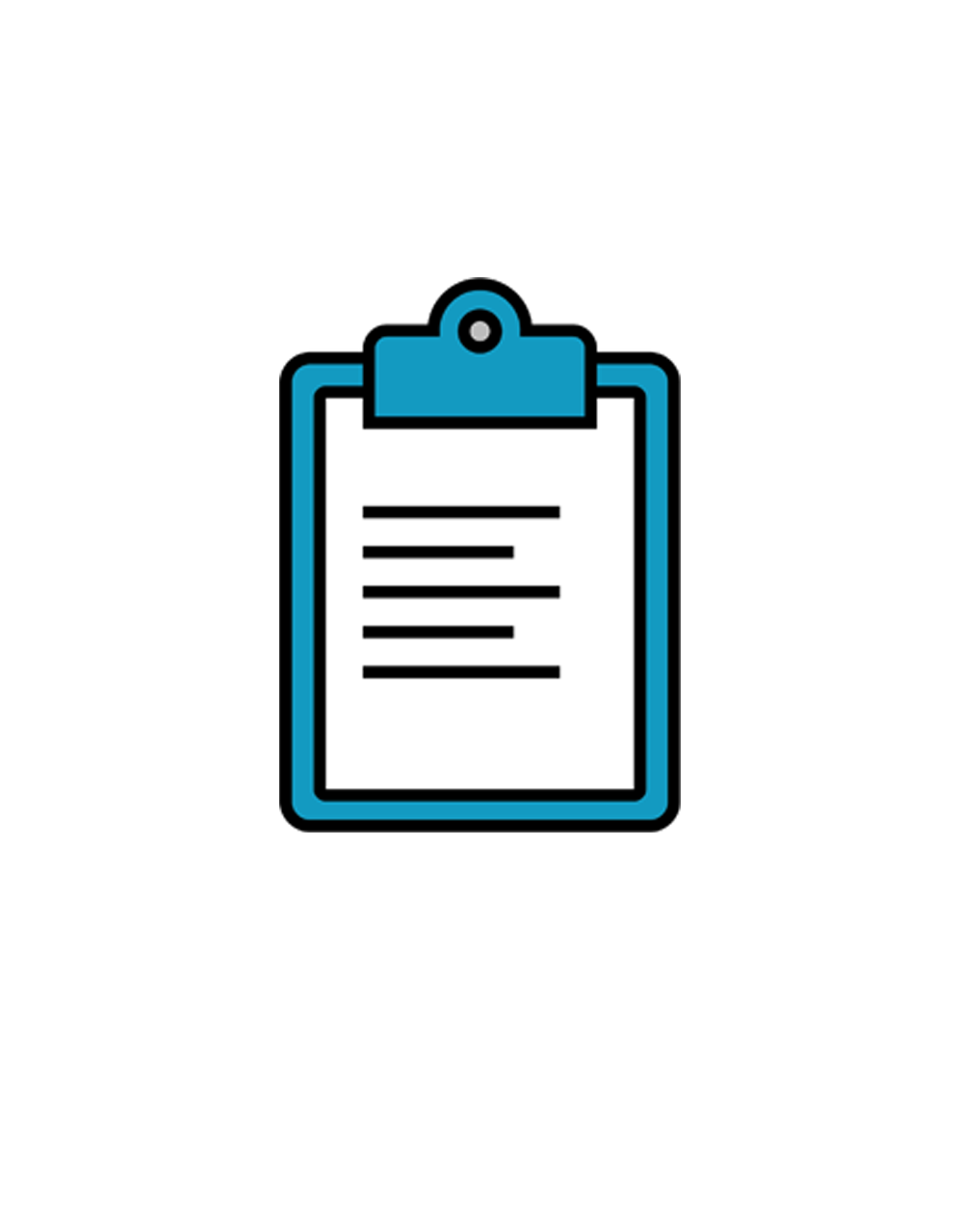 |  |  |  |  |  |  |  |
| Background | Review of Current Practice | Sleep Assessment | Sleep Management Tools & Techniques | Hypnotic Withdrawal Programme | Sleep Consultation | Final Assessment | Contact Us |
| Section Home → | Example sleep diaries and downloads → | Normal and abnormal sleep → | Psychological treatments for insomnia → | Self Assessment → |
| Section Home → | Elements → | Cognitive → | Behavioural → | Sleep Hygiene → | Stimulus Control → | Muscle Relaxation → | Sleep Restriction |
→ Sleep hygiene
→ Muscle relaxation
→ Stimulus control ] Sleep
→ Sleep restriction ] scheduling
→ Behavioural therapy for sleep disturbance is considered the most appropriate for patients whose sleep problems are not due to serious medical or psychiatric condition. This is based on encouraging behaviours and habits that are known to optimise sleep quality and eliminating those that obstruct sleep. These include sleep hygiene, stimulus control, muscle relaxation and sleep restriction.
→ Sleep hygiene is recommended in all patients that present with insomnia as patients tend to adopt behaviours that affect their sleep. Sleep hygiene involves modification of sleep habits and education of the sufferer about healthier sleep practices such as room temperature and regulation of fluid (caffeinated drinks and alcohol) intake.
→ Stimulus control therapy is based on the assumption that insomnia is due to increased tension and arousal that occurs as response to the sleep environment. This therapy is aimed at the re-association of bed and bedroom with sleep and to re-establish a consistent sleep-wake schedule. It seeks to change environmental cues back to ways that facilitate sleep onset. It can be done by encouraging appropriate pre-sleep routine and management of sleep onset as well as wake times after sleep onset.
→ Progressive muscle relaxation involves methods aimed at reducing somatic tension (e.g., progressive muscle relaxation, voluntary control over body parameters such as heart rate) or intrusive thoughts at bedtime that interfere with sleep. These methods aim to reduce the patient’s mental and physical arousal before going to bed. Relaxation techniques may help even if one is not anxious, but find it hard to get off to sleep. Standardised tapes on progressive muscle relaxation can also be used.
→ Sleep restriction involves curtailing the amount of time in bed to the actual amount of time spent asleep, thereby creating a mild sleep deprivation, and then lengthening sleep time as sleep efficiency improves.